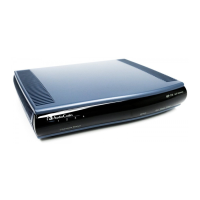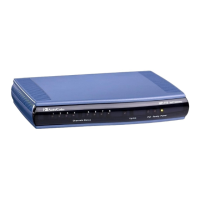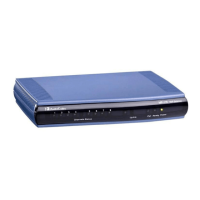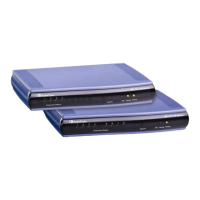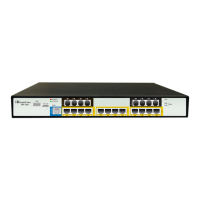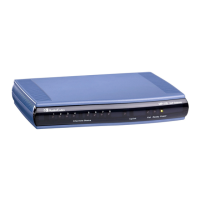The previous figure displays the following configured routing rules:
• Rule 1: If the incoming IP call destination phone prefix is between 10 and 19, the
call is assigned settings configured for IP Profile ID 2 and routed to Hunt Group
ID 1.
• Rule 2: If the incoming IP call destination phone prefix is between 501 and 502
and source phone prefix is 101, the call is assigned settings configured for IP
Profile ID 1 and routed to Hunt Group ID 2.
• Rule 3: If the incoming IP call has a From URI host prefix as domain.com, the call
is routed to Hunt Group ID 3.
2. Configure the routing rule, as required. For a description of the parameters, see the
table below.
3. Click Submit to apply your changes.
Table 22-3: IP-to-Tel Routing Table Description
Parameter Description
IP to Tel Routing Mode
[RouteModeIP2Tel]
Determines whether to route the incoming IP call before or after
manipulation of destination number, configured in 'Configuring
Source/Destination Number Manipulation' on page 209.
[0] Route calls before manipulation = (Default) Incoming IP calls are
routed before number manipulation.
[1] Route calls after manipulation = Incoming IP calls are routed after
number manipulation.
Matching Characteristics
Web: Dest. Host Prefix
[DestPrefix]
Defines the Request-URI host name prefix of the incoming SIP INVITE
message. If this routing rule is not required, leave the field empty.
Note: The asterisk (*) wildcard can be used to depict any prefix.
Web: Source Host Prefix
[SrcHostPrefix]
Defines the From URI host name prefix of the incoming SIP INVITE
message. If this routing rule is not required, leave the field empty.
Notes:
The asterisk (*) wildcard can be used to depict any prefix.
If the P-Asserted-Identity header is present in the incoming INVITE
message, then the value of this parameter is compared to the P-
Asserted-Identity URI host name (and not the From header).
Web: Dest. Phone Prefix
[DestHostPrefix]
Defines the prefix or suffix of the called (destined) telephone number. You
can use special notations for denoting the prefix. For example, [100-
199](100,101,105) denotes a number that starts with 100 to 199 and ends
with 100, 101 or 105. To denote any prefix, use the asterisk (*) symbol or
to denote calls without a called number, use the $ sign. For a description
of available notations, see 'Dialing Plan Notation for Routing and
Manipulation Tables' on page 405.
The prefix can include up to 49 digits.
Web: Source Phone
Prefix
[SourcePrefix]
Defines the prefix or suffix of the calling (source) telephone number. You
can use special notations for denoting the prefix. For example, [100-
199](100,101,105) denotes a number that starts with 100 to 199 and ends
with 100, 101 or 105. To denote any prefix, use the asterisk (*) symbol or
to denote calls without a calling number, use the $ sign. For a description
of available notations, see 'Dialing Plan Notation for Routing and
Manipulation Tables' on page 405.
The prefix can include up to 49 digits.
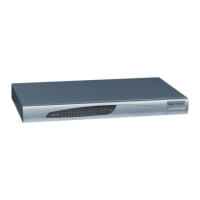
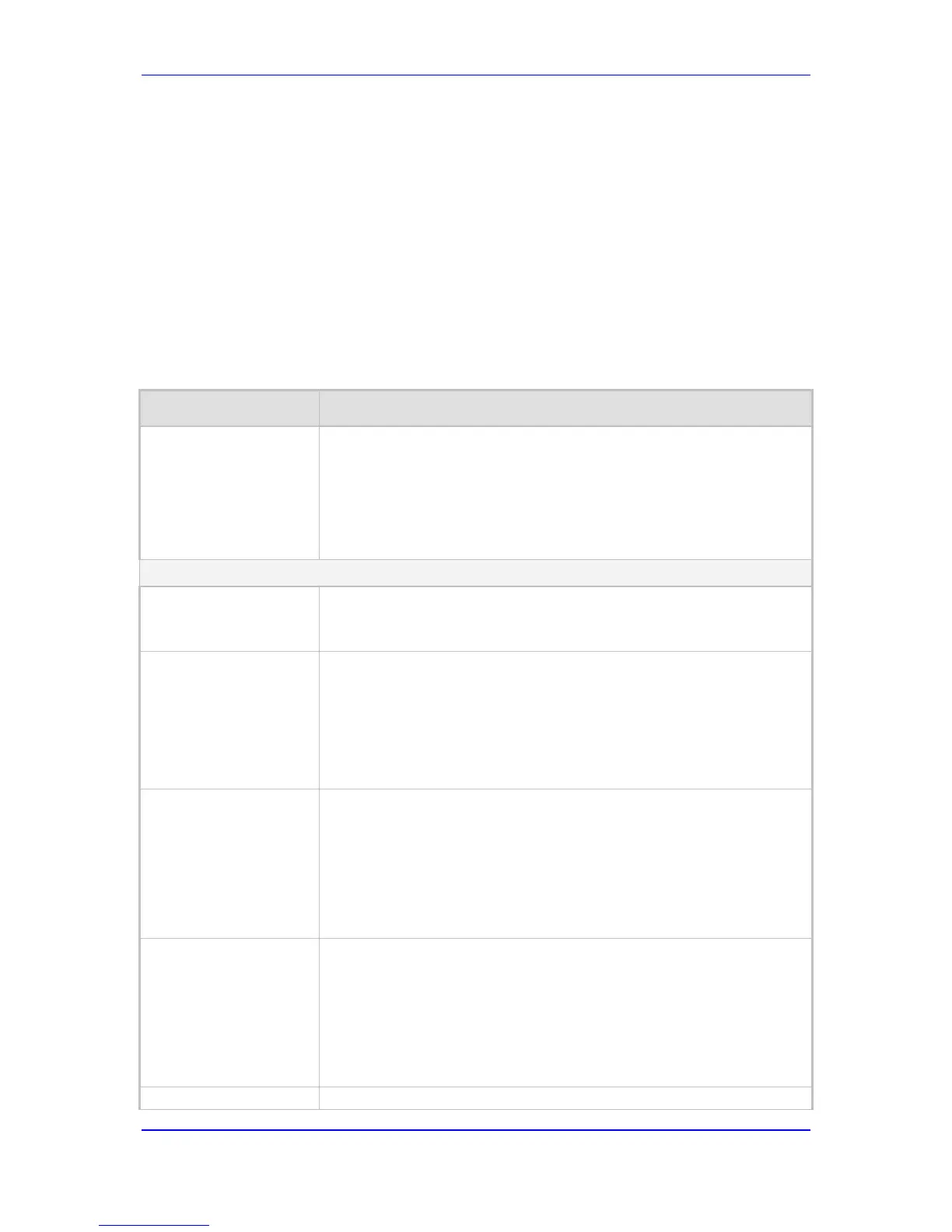